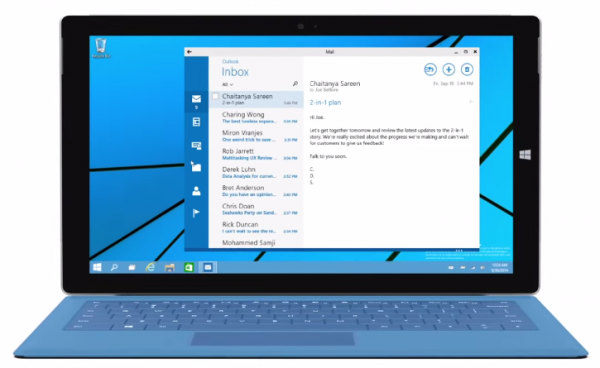I also understand the product marketing angle. That there are a lot of people who will look at the 16 GB models, see that they can get four times the storage for just $100 more, and buy the 64 GB model instead — when they would’ve bought the base model if it were 32 GB. I get it. There’s no doubt in my mind it’s good short-term business sense to go with a 16/64/128 lineup instead of 32/64/128. But Apple is not a short-term business. They’re a long-term business, built on a relationship of trust with repeat customers. 16 GB iPads work against the foundation of Apple’s brand, which is that they only make good products.
Apple has long used three-tier pricing structures within individual product categories. They often used to label them “Good”, “Better”, and “Best”. Now, with these 16 GB entry-level devices, it’s more like “Are you sure?”, “Better”, and “Best”.
Using the 16GB as a decoy price to make the 64GB more attractive is a great business strategy, but this only hurts customers and Apple in the longrun.
The biggest reason why people don't upgrade their iOS is because they don't have enough space on their devices and they have no idea how to manage it. Telling them, "just install via iTunes" is not enough. I know a lot of people that have never synced their devices with a PC. In fact, in many cases, they don't even have a PC to sync with in the first place. So what do they do? They don't upgrade. Ever.
The negative effects only grow from there. This Apple ecosystem becomes fragmented for developers because customers are spread out across different versions. This gives customers a fragmented experience because they have multiple Apple devices running different versions and can't take advantage of the killer integrations.
This is the exact opposite of Apple's "it just works" mantra.
Seriously, Apple. Don't turn into the greedy consumer electronics company that Apple-haters say you are. Don't sacrifice the ecosystem and user experience just to make more money in the short-term.
Customers like me are loyal to you for a reason. Please don't fuck it up.


